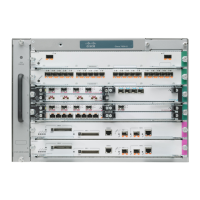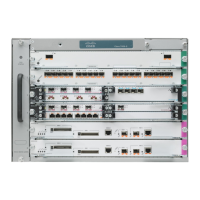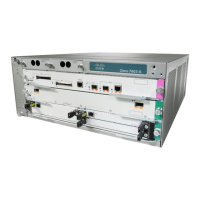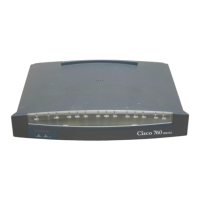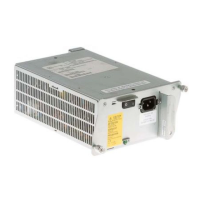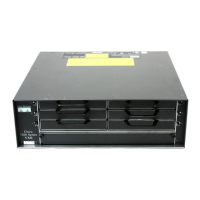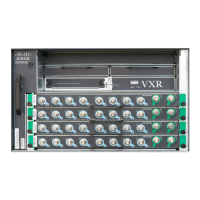27-2
Cisco 7600 Series Router Cisco IOS Software Configuration Guide, Release 12.2SX
OL-4266-08
Chapter 27 Configuring IPv6 Multicast PFC3 and DFC3 Layer 3 Switching
Features that Support IPv6 Multicast
Features that Support IPv6 Multicast
These features support IPv6 multicast:
• RPR and RPR+ redundancy mode—See Chapter 8, “Configuring RPR and RPR+
Supervisor Engine Redundancy.”
• Multicast Listener Discovery version 2 (MLDv2) snooping—See Chapter 29, “Configuring MLDv2
Snooping for IPv6 Multicast Traffic.”
Note MLDv1 snooping is not supported.
• IPv6 Multicast rate limiters—See Chapter 36, “Configuring Denial of Service Protection.”
• IPv6 Multicast: Bootstrap Router (BSR)—See the BSR information in the Cisco IOS IPv6
Configuration Library and Cisco IOS IPv6 Command Reference.
• IPv6 Access Services—See DHCPv6 Prefix Delegation—See this publication:
http://www.cisco.com/en/US/docs/ios/12_2t/ipv6/ipv6_vgf.html
• SSM mapping for IPv6—See this publication:
http://www.cisco.com/en/US/docs/ios/12_2t/ipv6/ipv6_vgf.html
IPv6 Multicast Guidelines and Restrictions
These guidelines and restrictions apply to IPv6 multicast support on Cisco 7600 series routers:
• With Release 12.2(18)SXE and later releases, the PFC3 and DFC3 provide hardware support for the
following:
–
Completely switched IPv6 multicast flows
–
IPv6 PIM-Sparse Mode (PIM-SM) (S,G) forwarding
–
Multicast RPF check for IPv6 PIM-SM (S,G) traffic using the NetFlow table
–
Rate limiting of IPv6 PIM-SM (S,G) traffic that fails the multicast RPF check
–
Static IPv6 multicast routes
–
SSM Mapping for IPv6 (PIM-SSM)
–
IPv6 multicast forwarding information base (MFIB) using the NetFlow table
–
IPv6 distributed MFIB (dMFIB) using the NetFlow table
–
Link-local and link-global IPv6 multicast scopes
–
Egress multicast replication with the ipv6 mfib hardware-switching command
–
Ingress interface statistics for multicast routes (egress interface statistics not available)
–
RPR and RPR+ redundancy mode (see Chapter 8, “Configuring RPR and RPR+
Supervisor Engine Redundancy”)
–
Ingress and egress PFC QoS (see Chapter 41, “Configuring PFC QoS”)
–
Input and output Cisco access-control lists (ACLs)
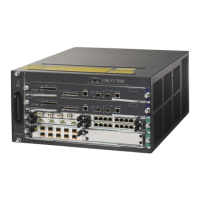
